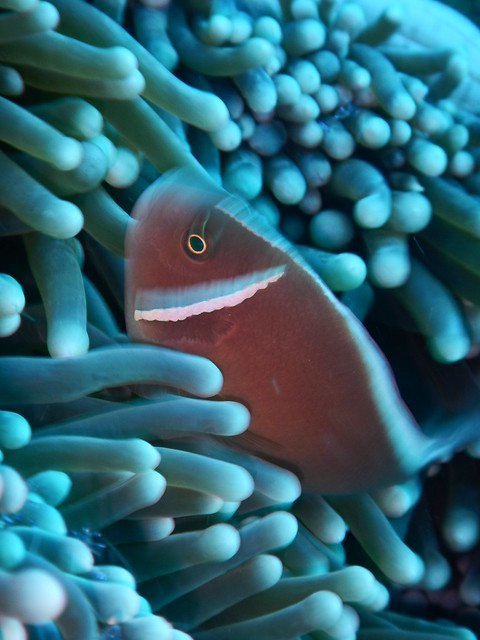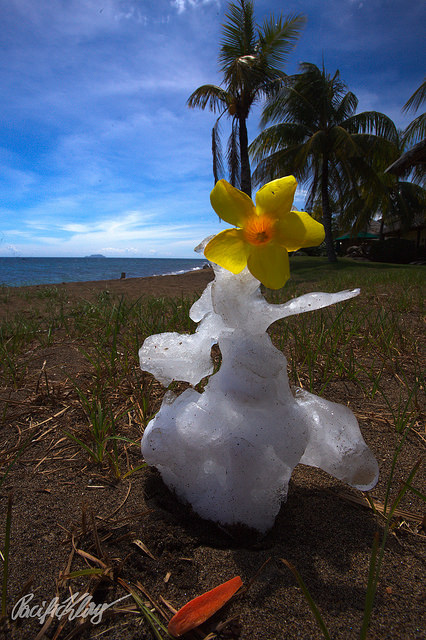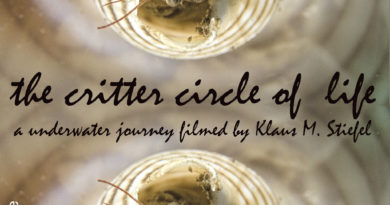Pacificklaus Camera Review: Nikon Coolpix AW130
Recently I had the chance to try out a Nikon Coolpix AW130 camera. I always like to play with new toys!
It’s a compact camera of that relatively new type which you can take underwater without a housing. I like that idea: It saves a significant amount of clutter. The AW130 is ok to go to 30 meters, which I confirmed. The water-pressure proof sealing worked well. I used the camera with its internal strobe alone, no tray, handles or external strobe.
The problem of this camera is that it has neither a shutter-speed priority mode, nor an aperture-priority mode, nor a full manual mode. This is something the camera hardware certainly would be capable of, but the otherwise brilliant engineers at Nikon decided to not implement. Hence, the photographer is stuck with a camera which chooses its own exposure settings, based on rather poorly thought out rules. Especially during macro shots, the shutter speed of the camera is always too slow (it typically picks 1/30s), and the shots are blurry. The effect of the built-in strobe does not seem to be taken into account when choosing the exposure settings – even if there will be significantly more light in the scene, the camera only calculates the exposure settings based on the ambient light. This is a severe limitation of the use of this piece of photography equipment! A friend tells me that with a constant light (versus a strobe which is only emitting light when you take a picture) the camera takes nice-ish macro shots. It is, however, a bit funny if you as the photographer have to trick your camera’s algorithms into taking good shots. Not the of algorithms you want to have in your camera to begin with!
In photography, if you somewhat mess up, you can still claim it’s art. In that sense, look at this picture of an anemone fish. It’s not blurred out, no it conveys motion, believe me, because: I’m an artist!
What the camera does well: Video! I found that the Coolpix AW130 takes really nice underwater videos. I re-do the manual white balance every 5 meters of depth or so, and aim to keep the camera as still as possible. It focuses well and takes sharp videos. No particular tweaks are necessary here. This is a video I shot in Camiguin:
The nice video quality makes this camera a useful underwater imaging tool after all.
Still to test: I want to see how the time lapse function works. There are supremely gorgeous sunsets in Camiguin, these should make a great


